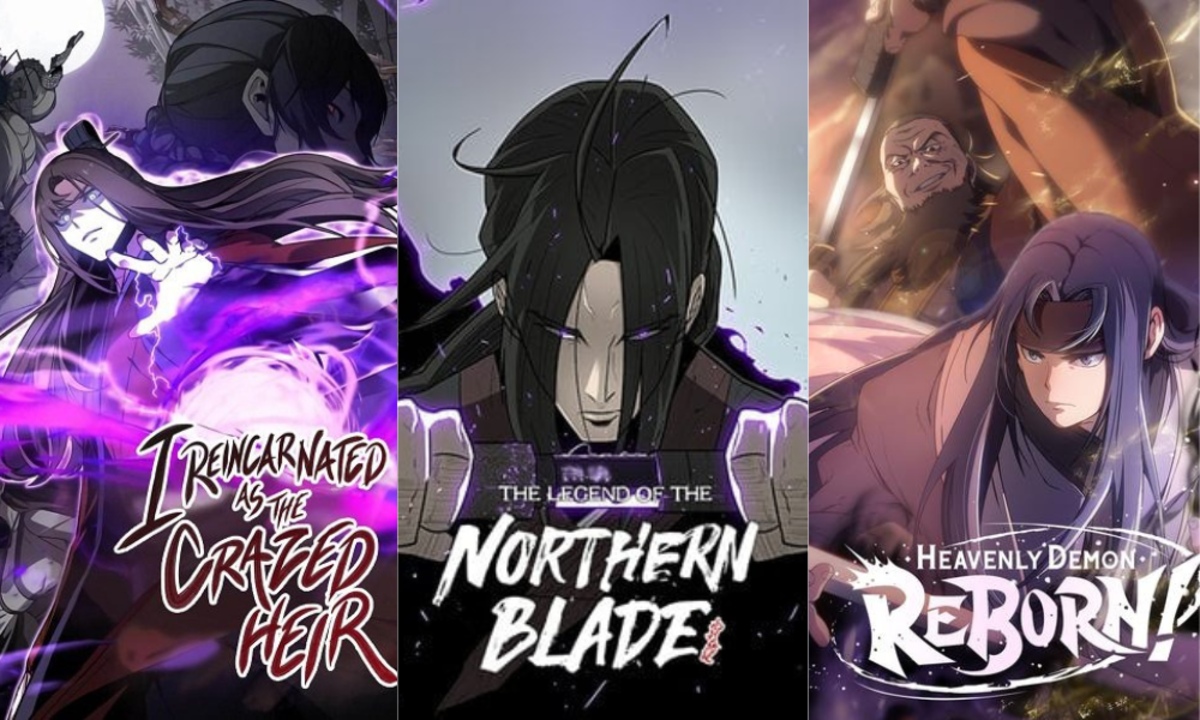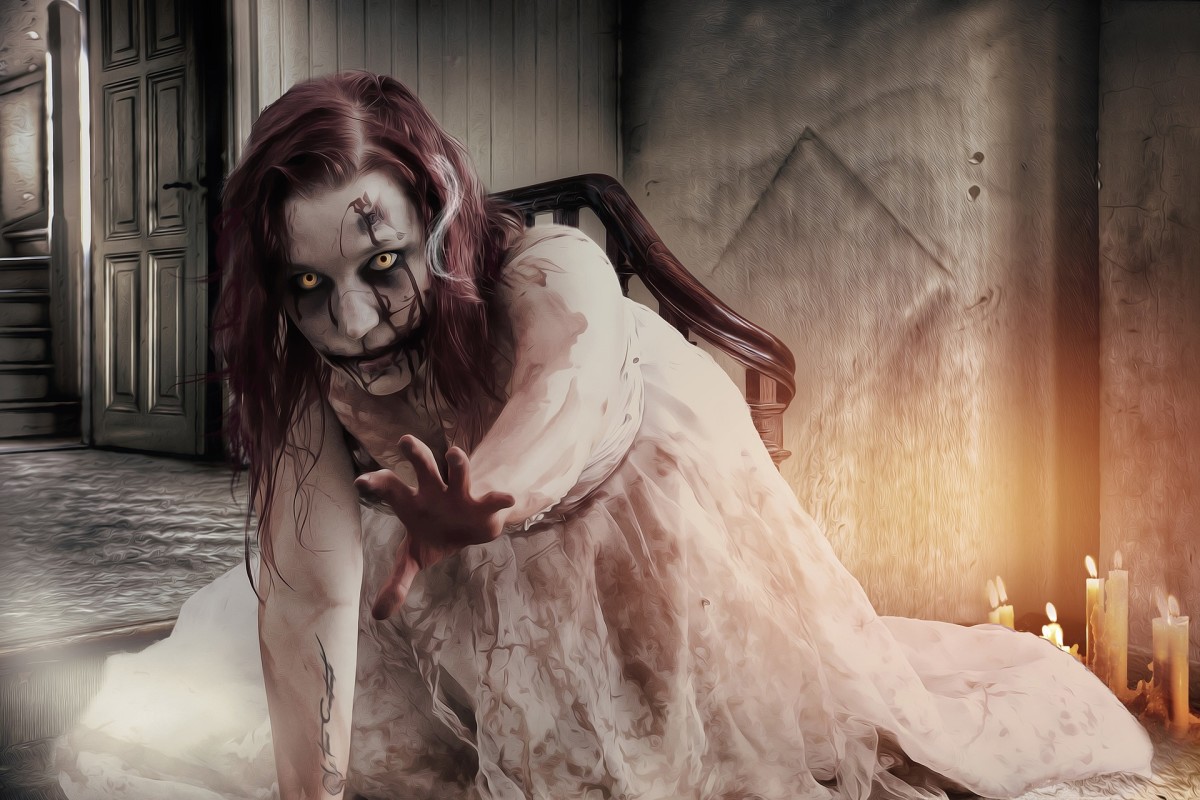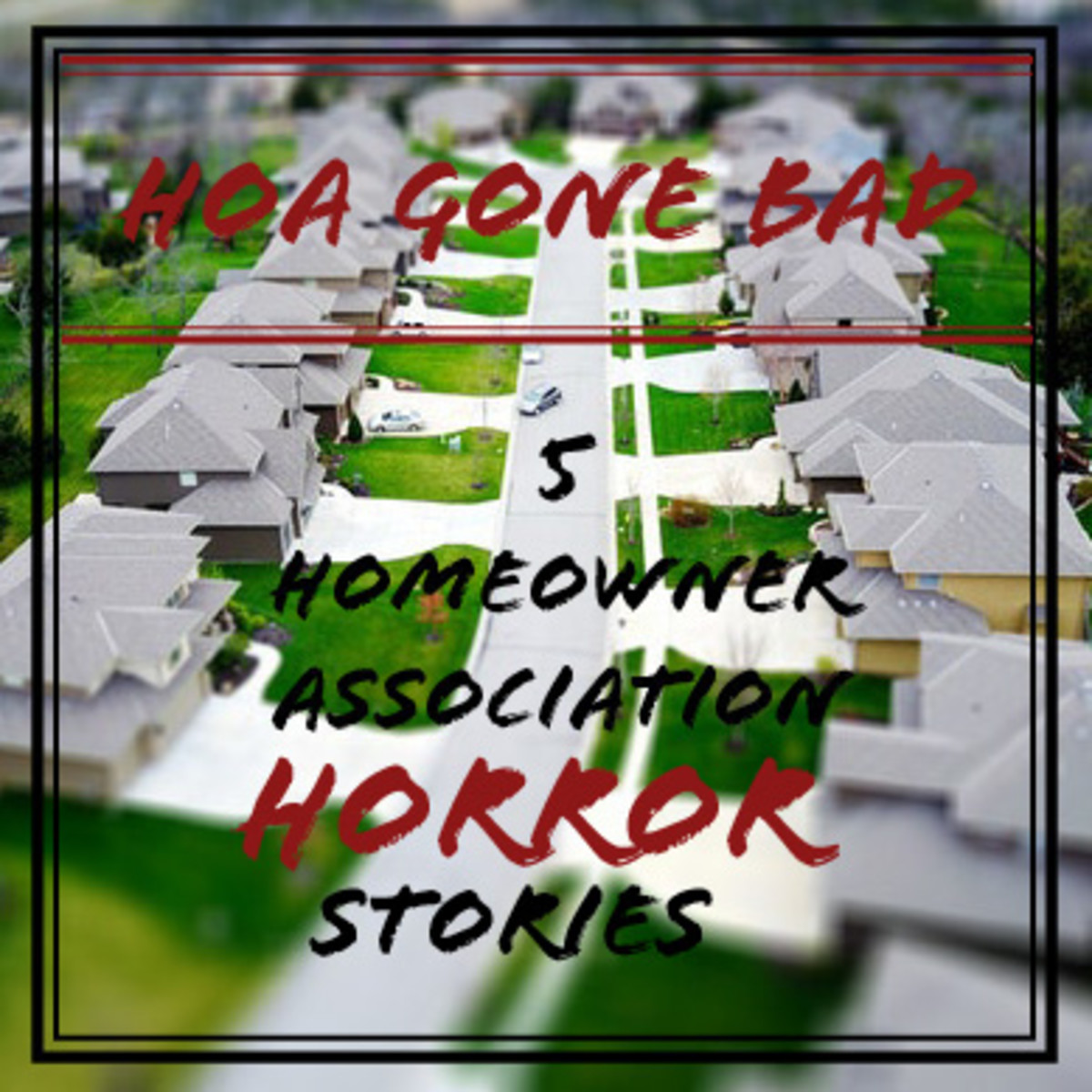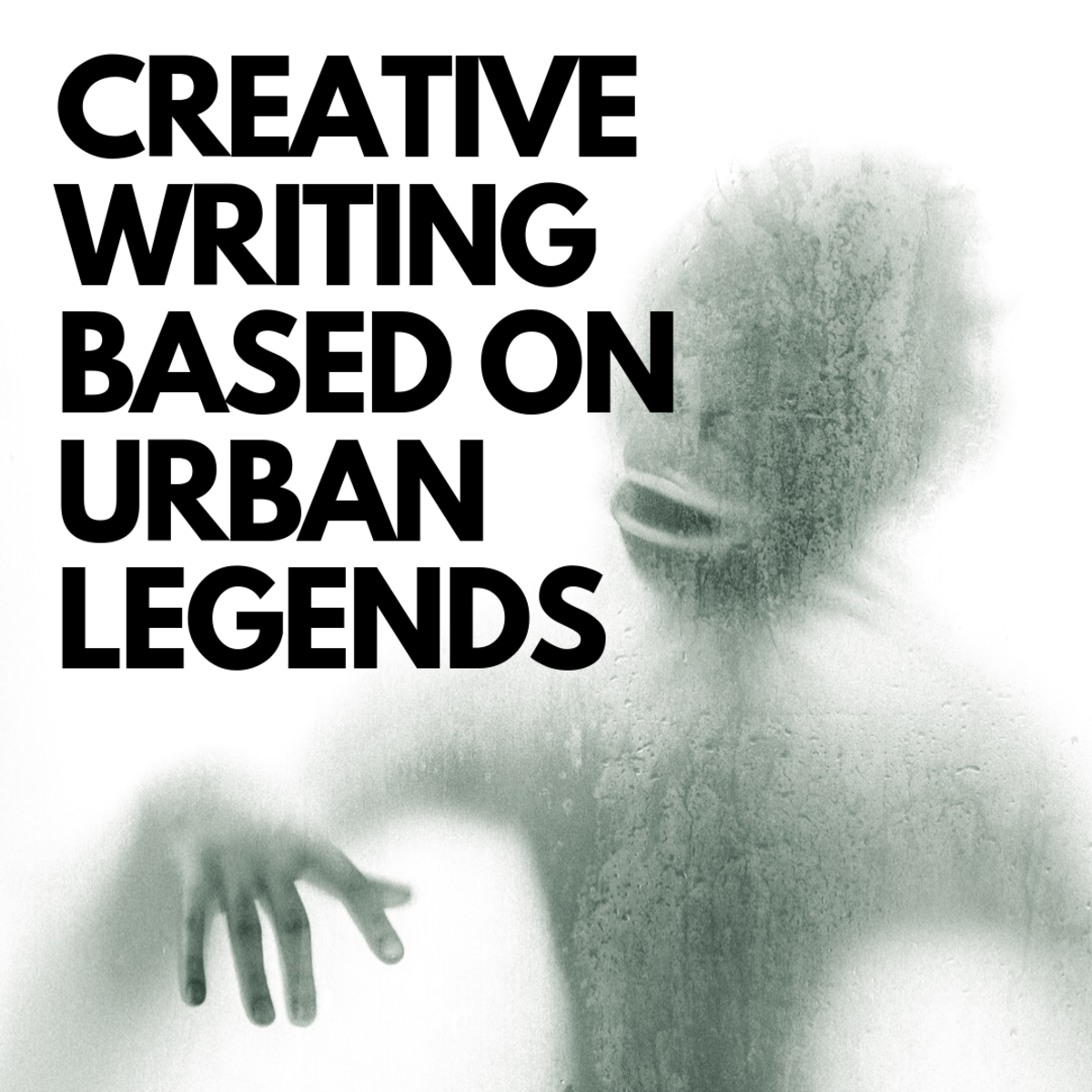Two Years Ago I Wrote the Worst Horror Story
Two years ago I wrote a horror story. It wasn’t a very scary one, but it had a ghost so I decided it was horror. Or that’s what I thought. The plot that I had thought of was hardly anything to write on. It was a typical Japanese horror story. To be fair, it was just like any other horror story, but the fact that it had a girl with long hair haunting a house, made it kind of J-Horror. Any of you who has seen all those wonderful J-Horror flicks or their American remakes would know what I’m talking about.
Going back to my story, the plot of the story was a cliche. A young man goes to a new city, takes up an apartment that no one else wants, feels uncomfortable in it, and finally gets killed by the spirit that haunts it, with some slight twists but nothing that you wouldn’t see coming. Yes, I spoiled it. But what did you expect? The guy was doomed to die. As soon as you’d read the first few lines of the story, you would know that the guy was going to die. It isn’t a story that I hate to have written, but it kind of feels embarrassing when I read it now. The story was doomed to fail from the beginning. Why, you ask? Let me list out a few of the many reasons.

1. I had no plot
Okay, maybe I had 12% of the plot. More importantly, I didn’t know how the story will begin and how the story will end. Sure, I knew what was going to happen in between, but that’s it. It’s like eating sandwich without bread. There is only lettuce and veggies. That is exactly what a story is without the beginning and the end. It’s lettuce and veggies. You might like it that way when eating a salad (a poem?), but not a sandwich. Or, it could be non-veg sandwich with chicken, in which case, you might not care if you don’t have the bread at all (if you know what I mean...). The point is - when I started writing what turned out to be a cliched horror story, I was making a veg sandwich without bread, and that was my first mistake.
2. There were hardly any characters
I had maybe two characters, not including the ghost. One of them was a typical young man moving to a new city looking for a job. He had no quirks, no noticeable characteristics, and no personality at all. I made a cardboard cutout of a man. He was a stranger from the beginning to the end. Even I didn’t like him. And if you don’t like your main character, your story is bound to be boring. How would you write something about someone you don’t even like or relate to? If you relate to him, you’d know what to write because it’ll be your story. If you like him, then you’d know what to write anyway because, you would know what you want your characters to go through, and how they should end up. As for the other guy in my story, he was the friend of the main character from his new office. He was the nice guy who came to your house to watch movies together. The story didn’t actually end that way for him, but still, he could’ve been more.

3. Who’s telling the story?
Whose perspective are you reading the story from? First person? Second person? Third person? What was the perfect choice for the theme of your story. My story was written in third person. The story isn’t actually being told by the main character, but we read it happening to him. It could’ve been good, but it wasn’t. That’s because I didn’t give him a proper character. He had no thoughts of his own. The narrator telling the story had nothing to go on. He was merely telling us what was happening, and all the obvious things that the guy was thinking. What about his opinions? What about his hobbies and life? What about his feelings? If you’re going to be narrating a person’s life, then you need to know how he thinks, what he likes to do, why he likes to do it, how he sees other people, and everything else. It’s all the more reason to give him a proper character.
4. I didn’t mention where it was all going down
Nothing is worse than not being able to imagine a story. If you’re reading a story, then you need to see it happening inside your mind like a movie going down with your own cast. For that to happen, you need a setting where all the events take place. In my story, there were no places. Sure, the guy came from town and went into the city, but what town? And what city? Is it taking place in the hustle and bustle of a place like New York, or some city hundreds of kilometers away from it? Did I even say what country it was? I mentioned the currency as dollars, but it only narrowed it down to a few countries, other than that there was no proper settings. While writing, I imagined Ash Ketchum leaving Pallet town to become the greatest Pokemon master which, as it turns out, was the wrong thing to do in this case.
5. I had no idea why whatever was happening, was happening
The J-Horror movies gave us a reason why the spirit was haunting the house, I didn’t. In fact, I had no idea why whatever was happening in the story, was happening. The ghost had no origin story. Why did Batman become Batman? You know why. It was necessary to tell us why. The reader didn’t find out till the end why the ghost was there. The ghost was also doing something very specific every night. It was a habit for it. But I gave no reason for it to be doing that. If I had given the story a prequel then it might’ve made some sense, but I didn’t. A very big mistake. It’s not like everything needs to happen for a reason, but certain things do, and this was definitely one such case, but I missed it.

6. Show. Don’t tell.
One of the chief advice you get whenever you look up how to write a story is: show, don’t tell. Don’t say that something is happening. Show it happen. Let the readers see what’s happening. Don’t just tell them something happened and something else is going to happen and so on. That’s not even a story. It’s a spoiler-filled synopsis of a story. I had a moderate amount of ‘show’ in my story, but it had a lot of ‘tell’ too. They were in places they shouldn’t have been. I was a bit lazy, so instead of showing something going down, I just skipped it and went on. For example, don’t say - he asked her what happened, and she told him everything that happened. It would be the worst way to tell a story. Use dialogues and describe them showing emotions. Always show what’s happening, unless it’s necessary not to.
7. The pacing was poor
Too fast, with no descriptions. That’s how my story was. The story flew from a half-baked introduction of the main guy, swam into poorly written plot, and finally bashed into his death. As I said before, I had no proper plot. I didn’t know how I was going to take the story. The least I could’ve done was take it in the proper pacing, and thought something out. Let the character live for a while. Let readers get to know them. Let them like or hate the characters, so that finally when it’s time for them to face the challenge, the readers could feel the tension of what was happening. And boy, did I mess that up.
That’s it. That’s all I have learned from re-reading and critiquing my own story. I haven’t written any story after that, but I’m planning to. Too bad all of them are still sandwiches without the bread, but don’t worry, I don’t plan to upload them till I’ve smashed them hard between the two important pieces of bread. And for those stuck in the same way I am, good luck with finding your breads!
© 2017 Rafael Baxa








